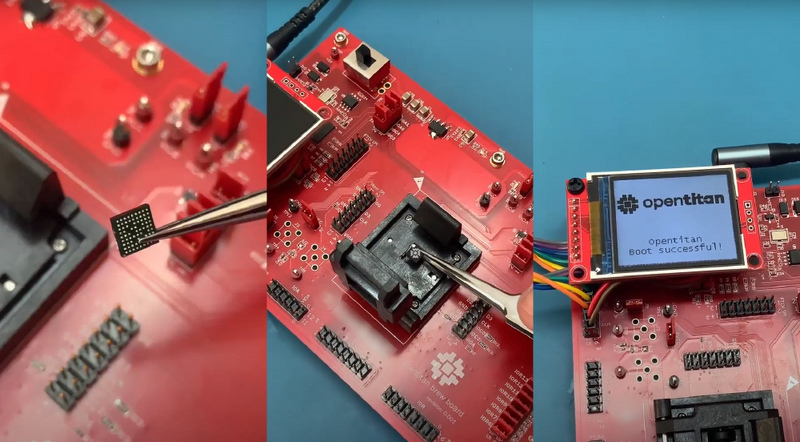OpenTitan Coalition Launches First Commercial Open-Source Security Microprocessor
The OpenTitan coalition recently announced the launch of the first commercial security microprocessor, a milestone in the field of open-source hardware. The emerging trend is owed to the open RISC-V processor architecture.
About the Development and the RISC-V-based Chip
The chip, dubbed Earl Grey, runs on a RISC-V core and integrates several built-in security and cryptography hardware modules. The project, initiated in 2019, involved a coalition of companies helmed by Google and managed by the non-profit organization, lowRISC, based in Cambridge, England. It is being developed globally by both official partners and independent engineers, following the open-source software project model.
Comments from the OpenTitan Creators
“The chip is very, very interesting,” says Dominic Rizzo, one of the OpenTitan creators and CEO of zeroRISC. He further emphasized on the development of an innovative methodology over a traditional command and administrative structure. Rizzo expressed confidence in the success of open source due to its inherent, valuable properties.
The Innovative Silicon Commons Methodology
The novel methodology employed is known as Silicon Commons. Open-source hardware faces unique challenges not seen in open-source software: higher costs, smaller professional communities, and no possibility to patch errors post-release, explains Gavin Ferris, CEO of lowRISC. The Silicon Commons framework addresses these issues by establishing documentation rules, predefined interfaces, quality standards, and a decision-making structure that enables varied partners to function harmoniously.
OpenTitan’s Revolving Crypto System and the Principle of Kerckhoffs
Another critical factor for the project’s success, according to Ferris, was selecting a problem that would motivate all partners to continue participating. Hardware security modules proved ideal due to their commercial importance and suitability for the open-source model. The project adheres to a cryptography principle known as Kerckhoffs’s principle, which states that the only secret in a cryptosystem should be the key. OpenTitan ensures this principle by providing open access to the entire protocol.


The Root-of-Trust (RoT) Security Protocol and Added Trust Level
OpenTitan implements the Root-of-trust (RoT) hardware security protocol. It ensures a secure source of cryptographic keys within the chip, beyond remote accessibility. The surety that the key remains unaltered builds the security foundation. Conventional proprietary chips can also use RoT technology. However, the open access model brings an added trust level by enabling anyone to examine and verify the design.
Significance in IoT Security
Chip-level protection is particularly pertinent to Internet of Things (IoT) devices, often plagued by unresolved security issues. Rizzo and Ferris believe their chip is a template for open-source hardware development that will be adopted by other teams. Apart from enhanced security transparency, such technology enables companies to save by using ready-made hardware components rather than independently developing patented versions of the same device. It also opens doors for more partnership opportunities, including from academic institutions like Zurich’s Swiss Federal Institute of Technology, an OpenTitan coalition partner. This collaboration enabled OpenTitan to include cryptographic protocols safe for future quantum computers.
Expectations from OpenTitan’s Projections
“Once proven, the methodology will be embraced by others,” asserts Rizzo. Comparing the situation to the early days of open-source software, he surmised that what once was seen as a novelty now powers most mobile phones. “It simply took over because it has certain valuable properties. And I think we’re seeing the beginning of that in silicon.”





